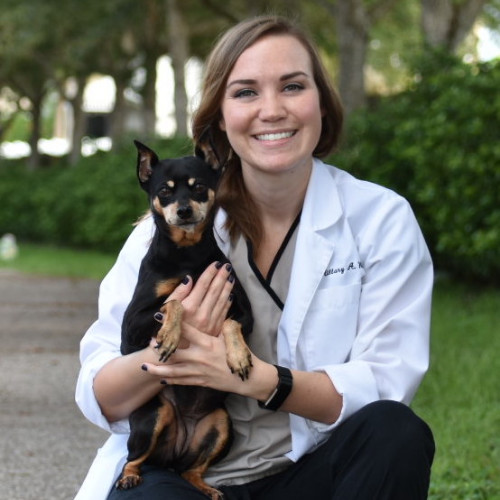Dogs are curious creatures, and they often find themselves in situations where they come into contact with unexpected objects. One such scenario is when your furry friend gets their paws on a pencil. Pencils can be found in various settings, from homes and offices to schools and art studios, next to paints, crayons, and Play-Doh. In this article, we’ll explore whether pencils pose a danger to dogs and what steps you should take if your canine companion happens to ingest one.
Are Pencils Dangerous for Dogs?
While pencils are not inherently toxic to dogs, ingesting them can still lead to health issues. The level of danger depends on several factors, including the size of the dog, the type of pencil, and the amount consumed, as well as the graphite.1 Pencils are typically made of wood, which can splinter when chewed or swallowed. These splinters can cause injury to your dog’s mouth, throat, or digestive tract. In some cases, the pencil fragments may obstruct the intestinal passage, leading to severe discomfort and potential blockages. It is important to understand the potential risks and be aware of the symptoms that may indicate your dog is experiencing complications.
Symptoms of Sickness:
If your dog has ingested a pencil or pencil fragments, be vigilant for the following symptoms:
- Vomiting: Excessive vomiting or the presence of blood in the vomit may indicate an obstruction or internal injury.
- Diarrhea: Frequent loose stools or diarrhea can be a sign of digestive distress.
- Abdominal Pain: Your dog may exhibit signs of discomfort, such as restlessness, whimpering, or a tense abdomen.
- Lethargy: Unusual tiredness or lack of energy may indicate an underlying issue.
- Loss of Appetite: If your dog refuses to eat or shows a decreased interest in food, it could be a red flag.
What to Do in Case of Potential Effects
If you suspect your dog has ingested a pencil or is showing any of the symptoms mentioned above, it is crucial to act promptly. Contact your veterinarian immediately for guidance. They will be able to assess the situation and advise you on the appropriate course of action, which may involve further examination or treatment.
Concluding Thoughts on Dogs and Pencils
While pencils are not inherently toxic to dogs, they can still pose a risk if ingested. Splinters and obstruction are the primary concerns associated with pencil consumption. It’s vital to be aware of the symptoms that may indicate your dog is experiencing complications. If you suspect your dog has ingested a pencil or is displaying any signs of illness, contacting your veterinarian is the best course of action. Prompt attention can help ensure the well-being of your furry friend.
Citations
Review—Pencil Graphite Electrode: An Emerging Sensing Material, (2019). https://iopscience.iop.org/
Frequently Asked Questions
-
Most pencils nowadays are made with graphite, not lead, which is generally considered non-toxic. However, ingesting large amounts of graphite can still cause digestive issues and should be evaluated by a veterinarian.
-
Depending on the size and shape of the pencil and the size of your dog, it is possible for a dog to pass a swallowed pencil naturally. However, it is essential to consult with a veterinarian to determine the best course of action based on your dog’s specific circumstances.
-
To prevent your dog from chewing on pencils, keep them out of your dog’s reach. Additionally, providing appropriate chew toys and redirecting their attention can help satisfy their chewing instinct.

